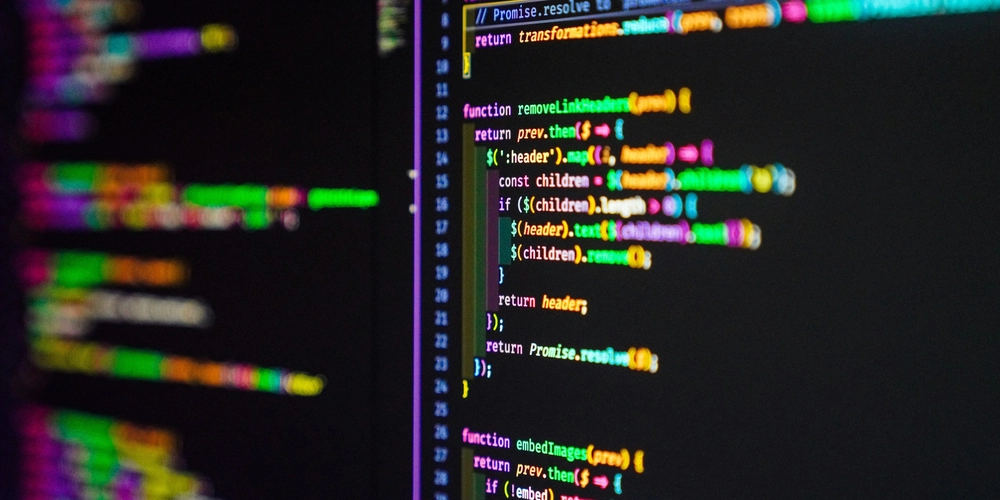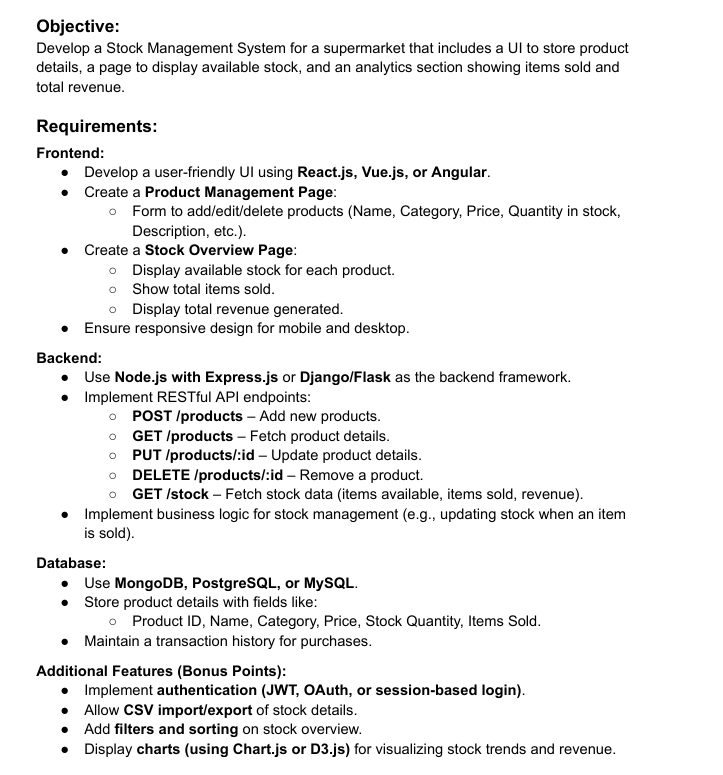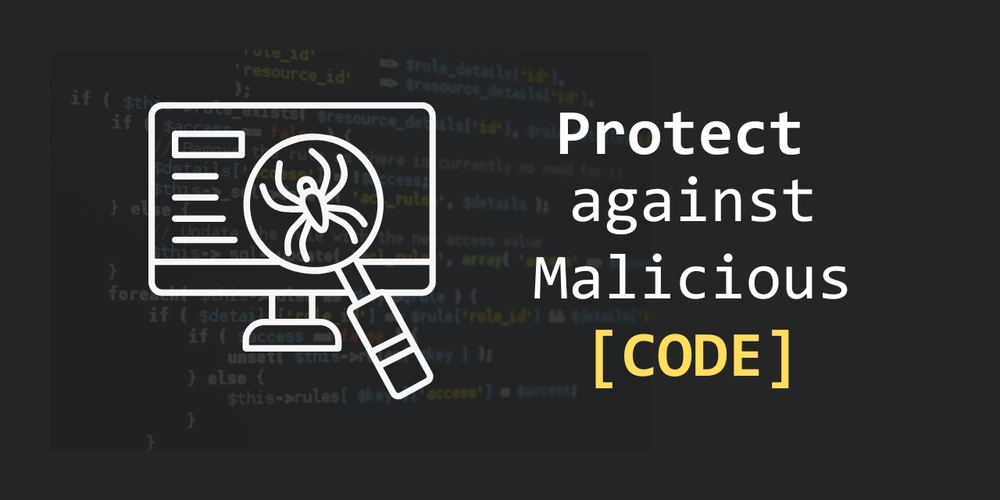JavaScript Callback Functions - What are they and how to use them.
What are Callback Functions? A callback function is a function that is passed as an argument to another function and is executed after the main function has finished its execution or at a specific point determined by that function. Callbacks are the backbone of JavaScript's asynchronous programming model and are what make JavaScript so powerful for web development. They enable non-blocking code execution, allowing your applications to continue running while waiting for operations like API calls, user interactions, or timers to complete. Understanding the Basics: // Basic callback example function greet(name, callback) { console.log('Hello ' + name); callback(); } function callbackFunction() { console.log('Callback function executed!'); } greet('John', callbackFunction); // Output: // Hello John // Callback function executed! In this example, we pass callbackFunction as an argument to the greet function. The callback is executed after the greeting is displayed. While this demonstrates a simple synchronous callback, the true power of callbacks emerges in asynchronous operations where they prevent code from blocking the execution thread.

What are Callback Functions?
A callback function is a function that is passed as an argument to another function and is executed after the main function has finished its execution or at a specific point determined by that function.
Callbacks are the backbone of JavaScript's asynchronous programming model and are what make JavaScript so powerful for web development.
They enable non-blocking code execution, allowing your applications to continue running while waiting for operations like API calls, user interactions, or timers to complete.
Understanding the Basics:
// Basic callback example
function greet(name, callback) {
console.log('Hello ' + name);
callback();
}
function callbackFunction() {
console.log('Callback function executed!');
}
greet('John', callbackFunction);
// Output:
// Hello John
// Callback function executed!
In this example, we pass callbackFunction as an argument to the greet function. The callback is executed after the greeting is displayed. While this demonstrates a simple synchronous callback, the true power of callbacks emerges in asynchronous operations where they prevent code from blocking the execution thread.









































































































































































![[The AI Show Episode 142]: ChatGPT’s New Image Generator, Studio Ghibli Craze and Backlash, Gemini 2.5, OpenAI Academy, 4o Updates, Vibe Marketing & xAI Acquires X](https://www.marketingaiinstitute.com/hubfs/ep%20142%20cover.png)


























































































































![[FREE EBOOKS] The Kubernetes Bible, The Ultimate Linux Shell Scripting Guide & Four More Best Selling Titles](https://www.javacodegeeks.com/wp-content/uploads/2012/12/jcg-logo.jpg)



![From drop-out to software architect with Jason Lengstorf [Podcast #167]](https://cdn.hashnode.com/res/hashnode/image/upload/v1743796461357/f3d19cd7-e6f5-4d7c-8bfc-eb974bc8da68.png?#)







































































































.png?#)




.jpg?#)
































_Christophe_Coat_Alamy.jpg?#)
 (1).webp?#)





































































































![Rapidus in Talks With Apple as It Accelerates Toward 2nm Chip Production [Report]](https://www.iclarified.com/images/news/96937/96937/96937-640.jpg)








































































































































